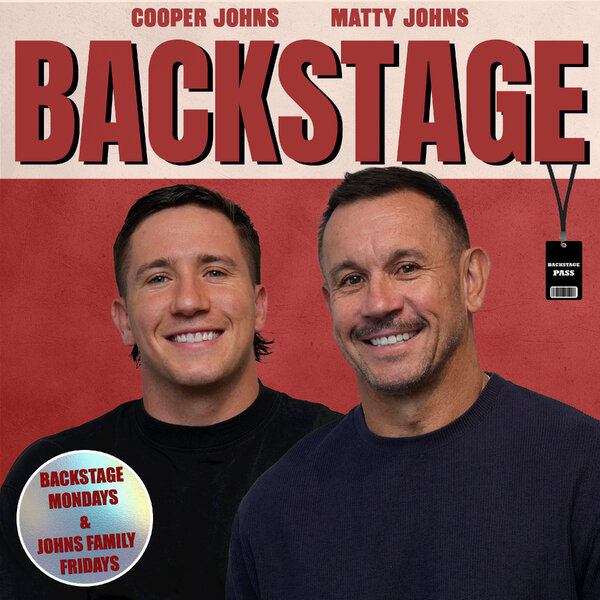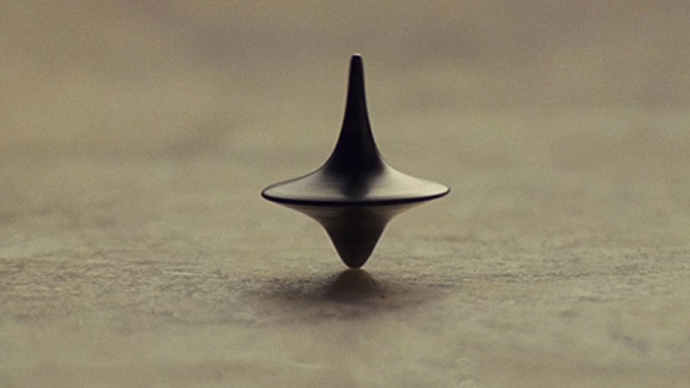It was released in 2010 but Christopher Nolan’s Inception is still puzzling film fans around the world.
After all, that ending. The film itself was topsy turvy (in a good way) and the ambiguous ending? Well, it catapulted us into a state of intrigued confusion we never knew possible.
So, so many years later, let’s dig into it and find out just what the end of Inception means.
First a brief recap. Inception, starring Leonardo DiCaprio, focuses on Dominic Cobb (DiCaprio) who works as an ‘extractor’ aka a thief who goes into people’s dreams to steal their secrets. All Cobb wants to do is to go home to his children. Unfortunately, he’s stuck on the lam because his wife and collaborator, Mal (Marion Cotillard), died under suspicious circumstances that left him the prime suspect.

In order to get back to his children, he must attempt to plant an idea in the mind of a billionaire’s key rival aka ‘inception’. Cobb attempts to pull off the impossible with a ragtag group of smarty pants: Arthur (Joseph Gordon-Levitt), Cobb hires a forger (Tom Hardy in a breakout performance), a chemist (Dileep Rao), and a hotshot architect-in-training, Ariadne (Ellen Page). After building a complicated maze of dream levels, the group achieves their goal and Cobb is reunited with his kids.
Now, here is where things get sticky. Throughout the film, the characters use ‘totems’, private items used to show that they’re living in reality and not in someone’s dream. According to Inception’s Fandom site, “a totem has a specially modified quality (such as a distinct weight, balance, or feel) in the real world, but in a dream of someone who does not know it well, the characteristics of the totem will very likely be off.
“Any ordinary object which has been in some way modified to affect its balance, weight, or feel will work as a totem.”
Throughout Inception, Cobb is always shown with his wife’s totem – a top. If he spins it and it topples over, he is awake; if it continues to spin, then he is still dreaming.
After the team makes it through the inception by the skin of their teeth, our anti-hero finally makes it home. Cobb can be seen setting the top spinning on the kitchen table before rushing over to his kids. The film appears to end and cut to black, but returns to show the top is still spinning.
Audience members immediately ask themselves, does it fall?! Is it real?! DOES IT FALL?!
The thematic truth of the matter is we don’t see what happens to the spinning top because Cobb doesn’t care. He’s finally home and reunited with his children and that’s where he’ll stay.
.jpg?bwg=1547222344)
But that’s no fun and we’re here for a breakdown of clues damnit. So let’s get into this Schrödinger’s cat of a spinning top shall we? Here’s all the reasons the ending of Inception is reality, not dream.
1. It’s not his totem.
Pretty cut and dry but the spinning top isn’t Cobb’s totem, it’s Mal’s. Throughout the film, the use of totems is explained with a very important rule: don’t touch someone else’s totem, it stops it from achieving its purpose.
“I can’t let you touch it, that would defeat the purpose,” Arthurs says, explaining the concept to Ariadne.
2. Cobb’s whole schtick is that he is stuck in reality.
It’s also important to note that Cobb isn’t one to escape into la la land. In fact, his problem is the opposite: he is firmly in a reality that kinda sucks. He has the ability to escape whenever he chooses but does not, he is too stuck in reality, anchored by his children. So, Mal’s spinning top is not his totem; it’s his reality check and one heck of a misdirect for audience members.
3. It wobbles.
Another reason the Inception ending is reality and not a dream, is that the top wobbles. The damn thing wobbles. In previous scenes when the top is shown spinning infinitely in a dream, it never wobbles. Not. At. All.

4. The ring
Many Reddit theorists believe Cobb’s wedding ring also points to the truth of the matter.
Put simply, in the real world he has no ring whereas the ring is present in the dreams – “In my dreams we’re still together.” . In the final scene he has no ring so the ‘happy ending’ is reality. Right?
5. Nolan said so.
Director Christoper Nolan actually told actor Michael Caine the ending is reality. Lol.
Caine plays Cobb’s father-in-law in Inception, who takes care of the children while Cobb is on the lam. Importantly, he is in this final ambiguous scene of the movie.
While speaking at a Film 4 Summer Screen showing of the film, Caine explained that when he first read the script he was confused about which parts were dreams and which parts were reality. So, being the director, Nolan told him, “When you’re in the scene, it’s reality.”
And there you have it, the ending of Inception, explained.
TL;DR While the camera, and therefore audience, is watching the top, Cobb isn’t, because he has reunited with his children and that’s all that matters. Also, Christopher Nolan is cheeky.
WATCH: Niall Horan Teases What To Expect In His Upcoming Livestream Gig
Image: Inception















































